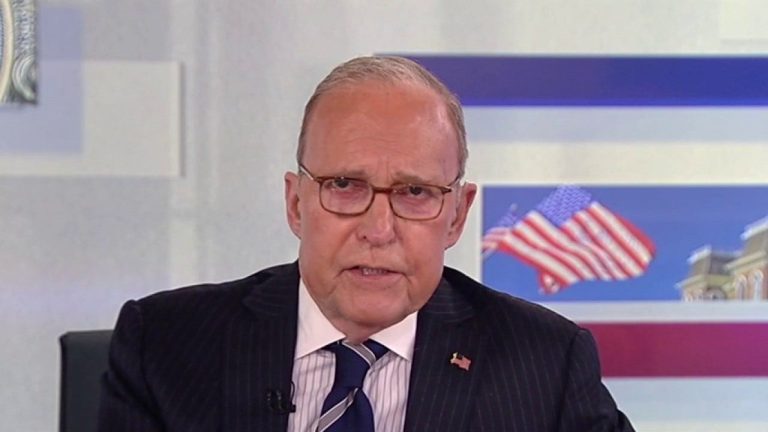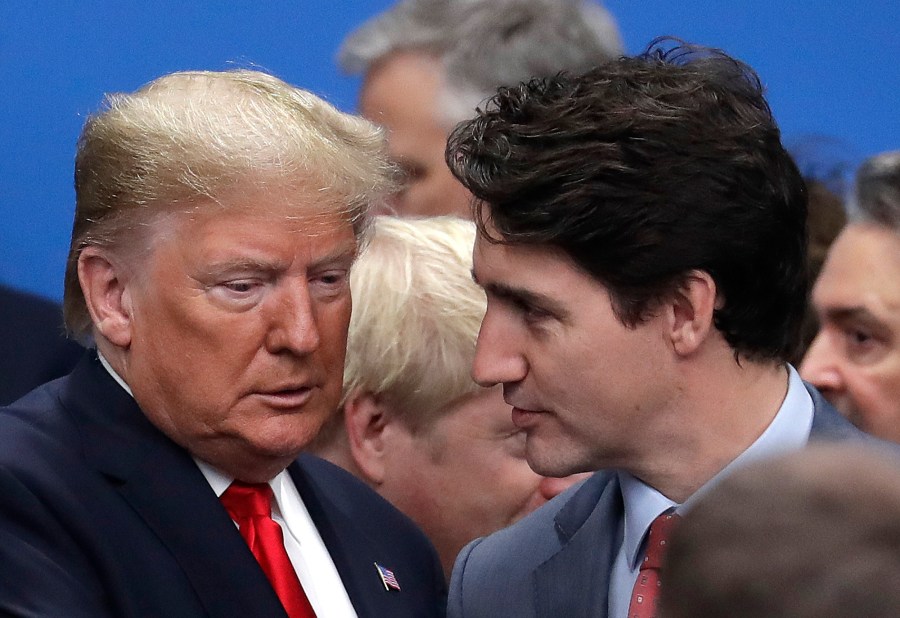
Anyone who has savings in their bank account is being urged to take action before Thursday.
On February 6, the Bank of England will meet to decide whether to cut interest rates or hold them at their current level.
Senior economists at the Bank of England will review the UK’s base interest rate in the coming days, which currently sits at 4.75%.
Most experts predict they will announce a quarter point reduction to 4.5% at their announcement on Thursday, February 6, continuing a series of cuts which started last summer.
For many tracker savings accounts, this means the amount of interest you earn will immediately drop to match the base rate cut.
For example, Chase bank’s tracker currently tracks 1.5% below the base rate, meaning your savings rate will reduce from 3.5% to 3.25% if the Bank of England does cut base rates. The same will be true for anyone with a tracker savings rate.
And as the decision nears, it’s possible some of the best savings accounts may start to disappear, or have their rates reduced.
Thomas Pugh, an economist at the consulting firm RSM, said it is a “sure bet” that the Bank will cut rates to 4.5%.
Coventry Building Society warns: “Timing will be crucial if you’re hoping to maximise your savings in the longer term. Securing a favourable rate by opening a new fixed rate ISA or bond could make a significant difference to how much your savings will grow.
“The higher the interest rate, the more you’ll earn in interest on your savings, over time.
“Put simply, if you’re putting money away for a holiday, a new car or a special occasion like a wedding, securing a fixed rate savings account now could help you to reach your savings goal more quickly than if you were to open an account after rates have fallen.”
Investment platform Hargreaves Lansdown adds: “For those looking to get ahead of any potential cuts in 2025, you could think about locking in rates so you’re not exposed to further falls in the easy access market.
“You’ll usually get a higher rate, and because the rate is fixed, you’ll know exactly how much interest you’ll get at the end.
“It’s a strategy that’s worked well so far in 2024, but of course it’s impossible to know exactly what will happen to markets in 2025.
“Just remember, unlike easy-access accounts, you can’t usually access your money once it’s fixed until the term ends.”






